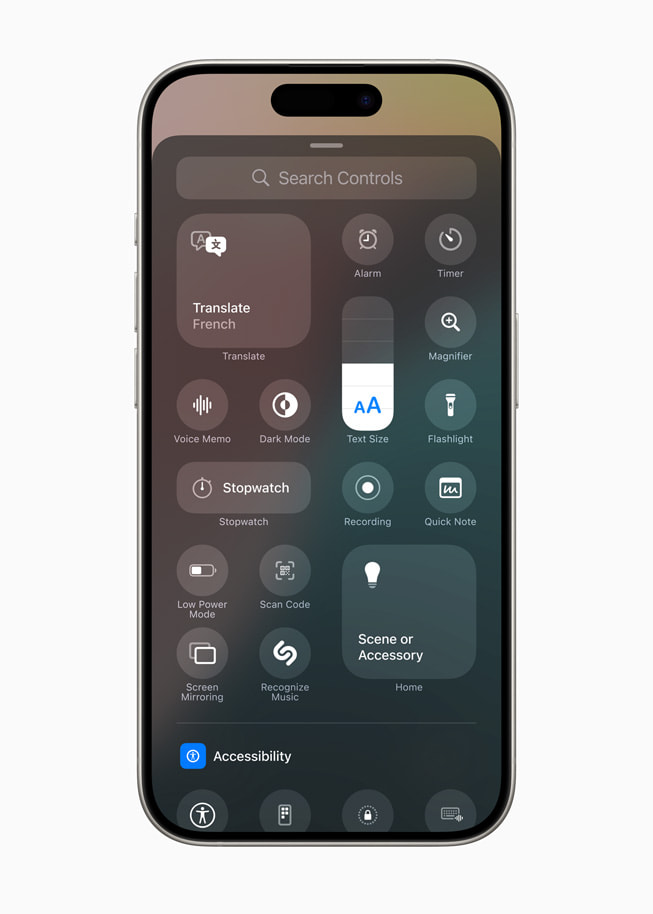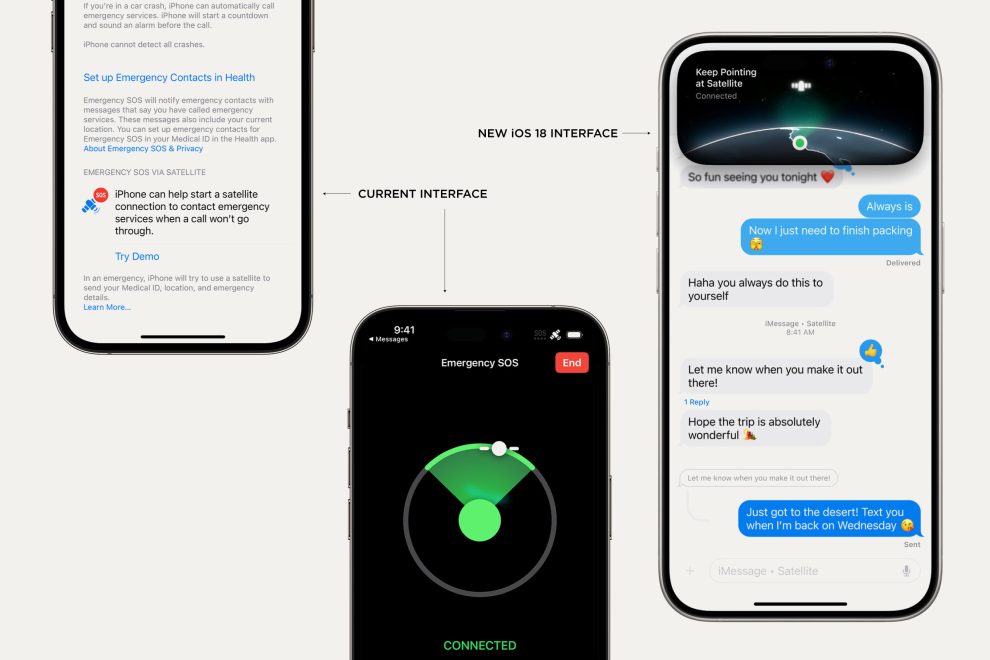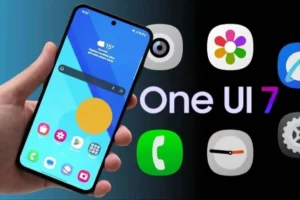The Growing Need for Off-the-Grid Communication
Our reliance on mobile devices for communication is undeniable. However, cellular and Wi-Fi coverage can be patchy, especially in remote areas like national parks, mountain ranges, or rural communities. This lack of connectivity can pose safety risks and hinder communication in times of need. Imagine getting lost on a hiking trail with a dead phone or being unable to call for help during a natural disaster. Satellite connectivity addresses this critical gap, ensuring a lifeline for communication even when traditional networks fail.
Building on Existing Foundations: Leveraging Emergency SOS
The introduction of satellite connectivity in iOS 18 isn’t entirely out of the blue. Apple introduced Emergency SOS via Satellite on iPhone 14 models last year. This feature allowed users to send basic SOS messages to emergency services via satellite networks. iOS 18 builds upon this foundation, expanding satellite communication capabilities beyond emergencies.

Sending Text Messages Beyond Cell Towers
With iOS 18, users can now send and receive text messages (iMessages and SMS) through a satellite connection. The process is designed to be user-friendly. When attempting to send a message in an area without cellular or Wi-Fi, the iPhone will automatically prompt users about utilizing satellite connectivity. A simple interface guides users to point their iPhone towards the nearest satellite for optimal signal transmission.
Limitations and Considerations
While exciting, it’s important to acknowledge the limitations of satellite connectivity in iOS 18:
- Focus on Text-Based Communication: Currently, the feature prioritizes text messaging. Sending photos or videos via satellite is not yet supported. This might change in future iterations.
- Potential Delays: Satellite communication can be slower than traditional cellular networks. Users should expect some delay in sending and receiving messages.
- Fair Usage Limits: Apple hasn’t disclosed any specific limitations, but it’s reasonable to expect fair usage policies in place to prevent excessive satellite communication and ensure equitable access for all users.
The Power of Partnerships: Collaborating for Global Coverage
To achieve this feat, Apple has partnered with satellite network providers like Globalstar. This collaboration ensures users have access to a vast network of satellites orbiting the Earth, significantly increasing the likelihood of a successful connection. Continued partnerships and advancements in satellite technology hold the potential for even wider global coverage in the future.
Beyond Emergency Communication: The Broader Impact
The implications of satellite connectivity in iOS 18 extend far beyond emergency situations. This feature has the potential to revolutionize communication in several ways:
- Enhanced Safety for Outdoor Enthusiasts: Hikers, campers, and adventurers can venture into remote areas with greater peace of mind, knowing they can send messages for help if needed.
- Improved Disaster Response: Emergency personnel can leverage satellite communication to coordinate rescue efforts and stay connected in disaster zones with limited traditional network infrastructure.
- Bridging the Digital Divide: For people living in remote areas with limited or nonexistent cellular coverage, satellite connectivity offers a pathway to stay connected with loved ones and access critical information.
Privacy Concerns and Data Security
With any new technology, privacy concerns are paramount. Apple assures users that all messages sent via satellite connectivity are encrypted, adhering to the company’s strong privacy principles. Additionally, satellite communication utilizes a separate data stream from traditional cellular data, further safeguarding user privacy.
















Add Comment